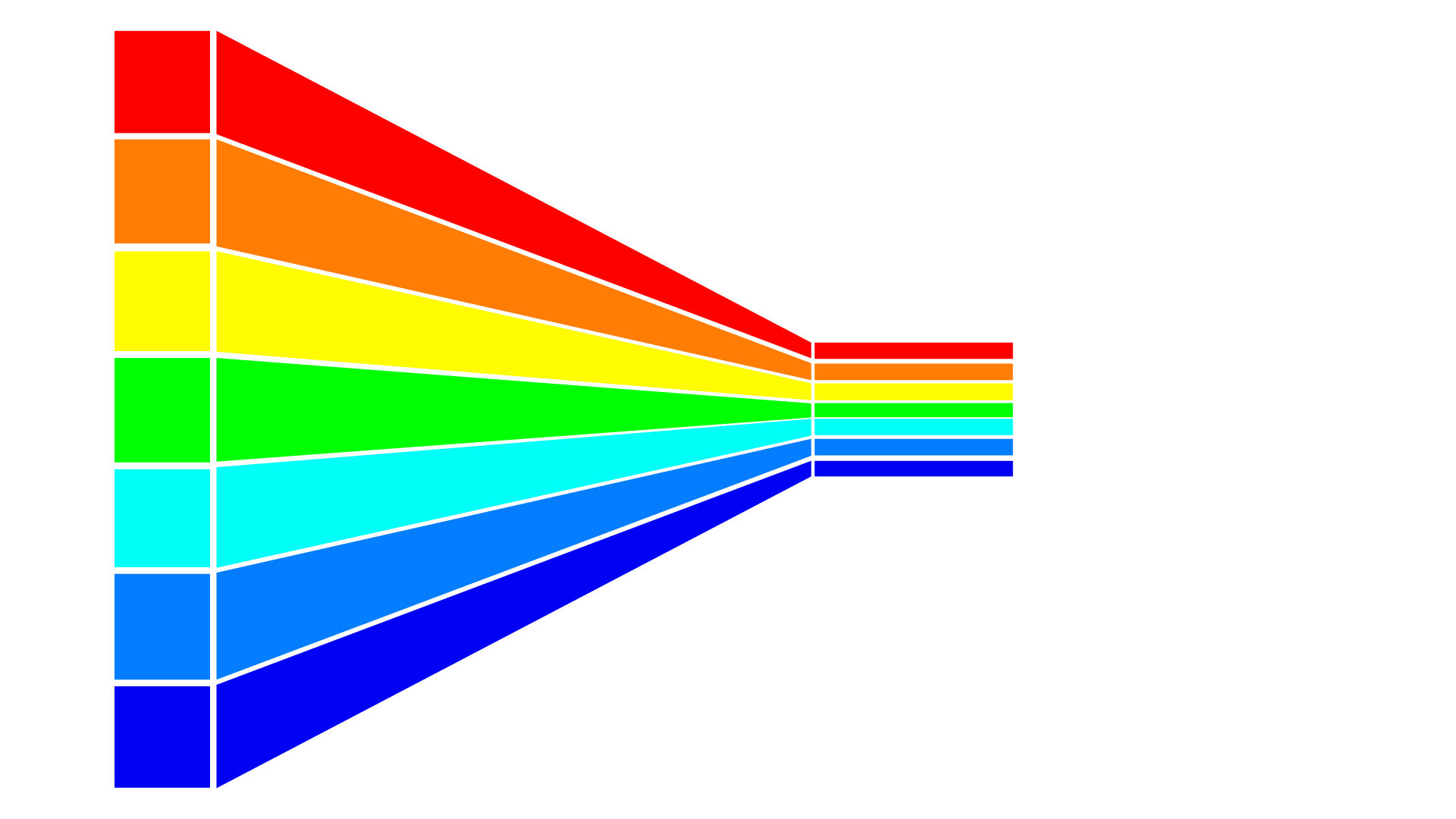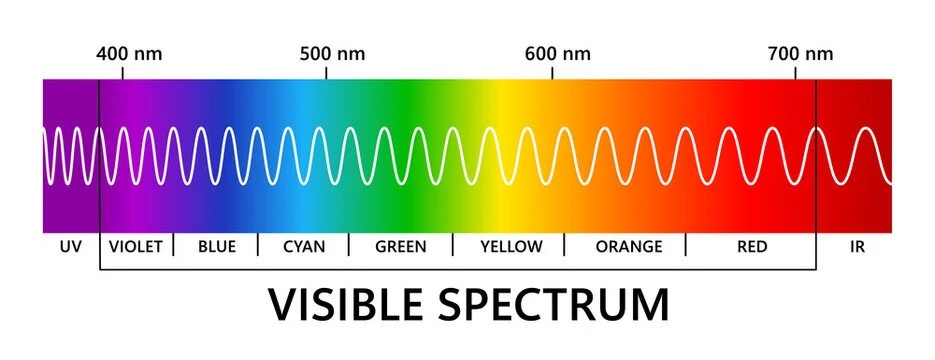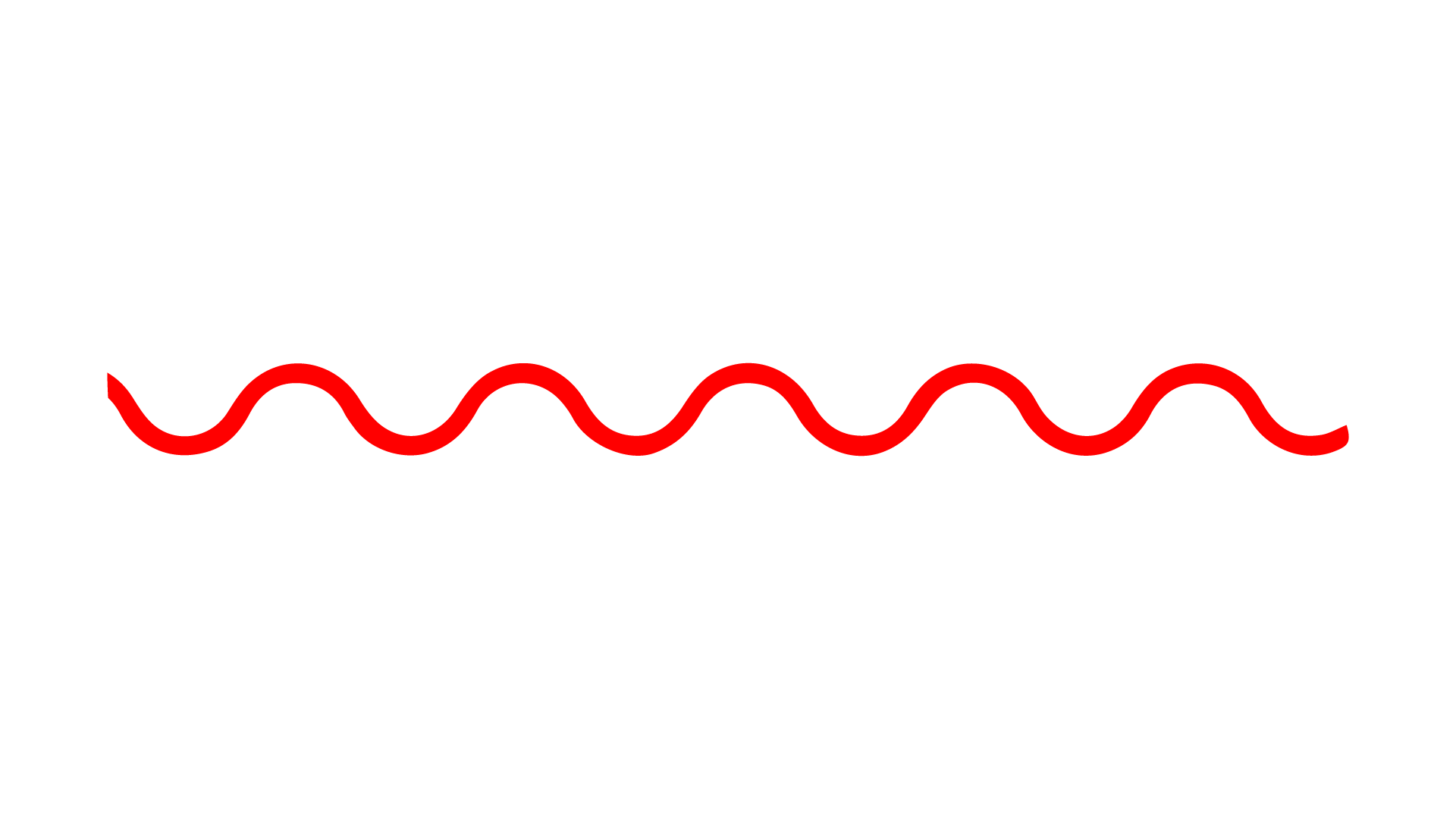
The Spectrum Strategy
The framework of a modern video strategy can be derived from the science of light and how it interacts with our reality.
The spectrum of visible light is measured in wavelengths.
The electromagnetic spectrum's visible light portion has various wavelengths, each corresponding to specific colors. Shorter wavelengths, such as violet and blue, possess a higher apex and are more frequent. As the wavelength increases, the energy and frequencies decrease, with green, yellow, orange, and red representing progressively longer wavelengths. This relationship between wavelength and energy is fundamental in scientific and practical applications. For our purposes, we have taken this scientific truth and identified it’s precense in a succesful modern video strategy.
We simplify.
The aim for the video strategy is to create content across the entire spectrum of color. To simplify the strategy, we have identified the 3 critical spots on the visual spectrum that brands must focus their video strategy on. Making content with lower frequencies, medium frequencies, and the highest frequency best completes a full spectrum strategty. Each color frequency applies to a different format of video content as explained below.
Red Content
Lower Frequency
Red video content consists of longer waves which represents higher quality but less frequent video production.
Green Content
Medium Frequency
Red video content consists of longer waves which represents higher quality but less frequent video production.
Blue Content
High Frequency
Red video content consists of longer waves which represents higher quality but less frequent video production.





